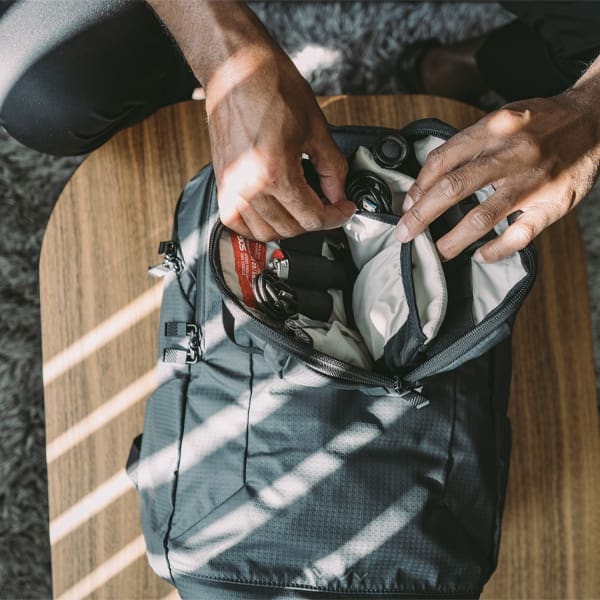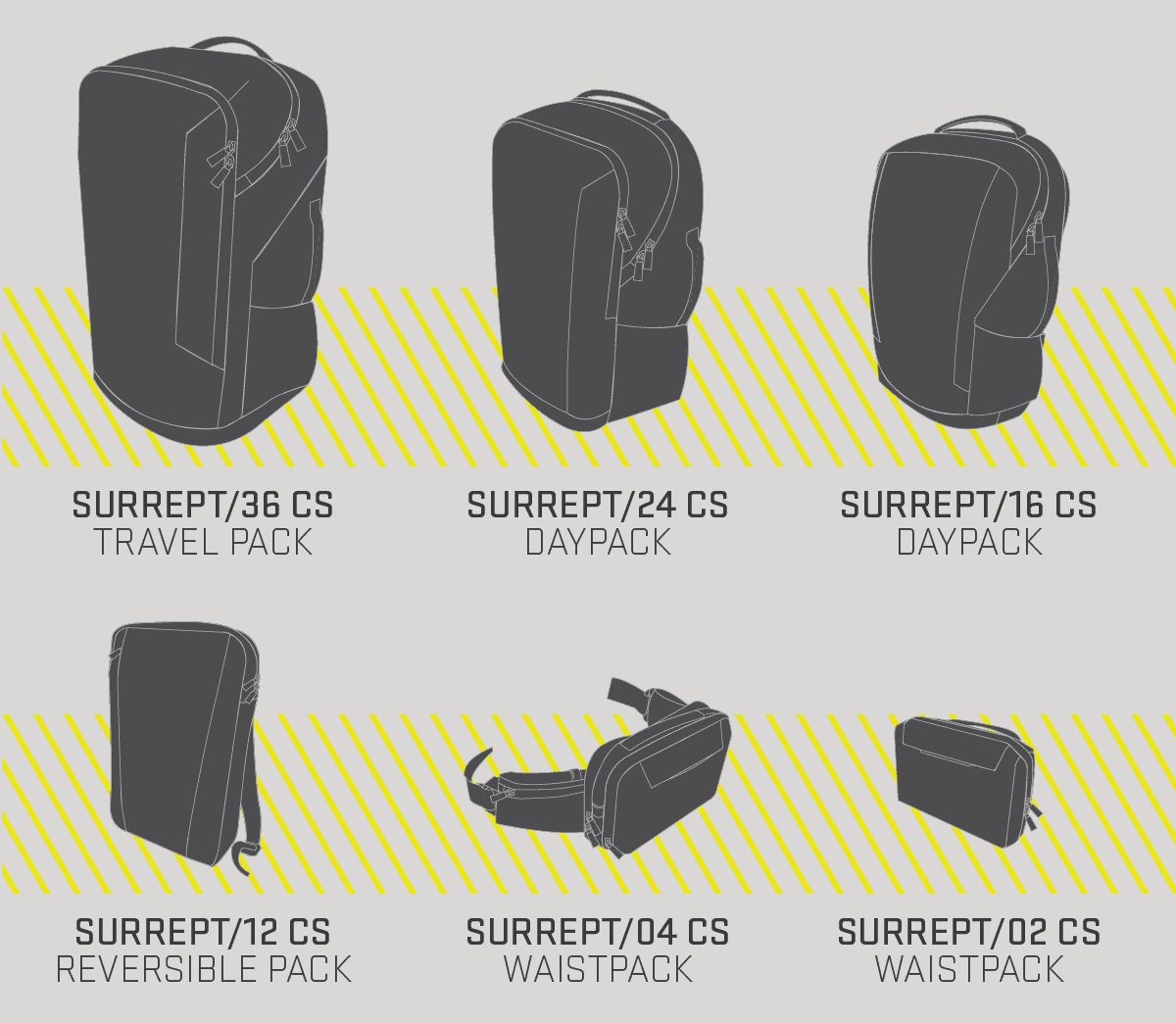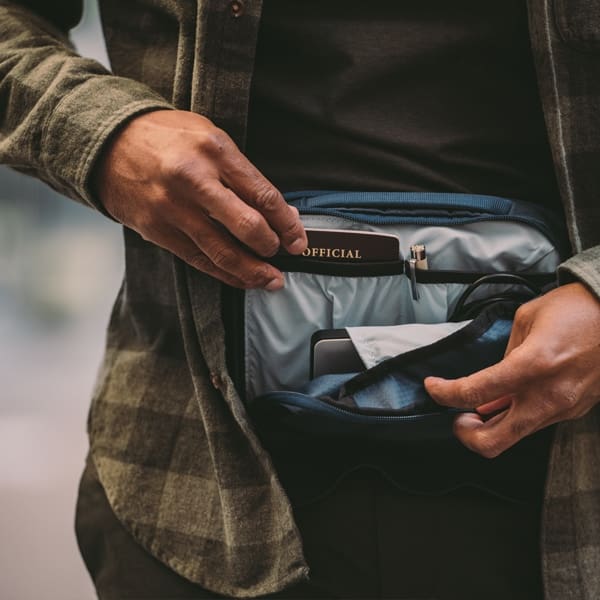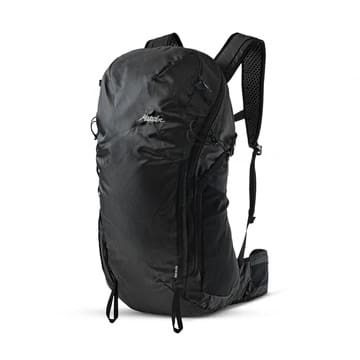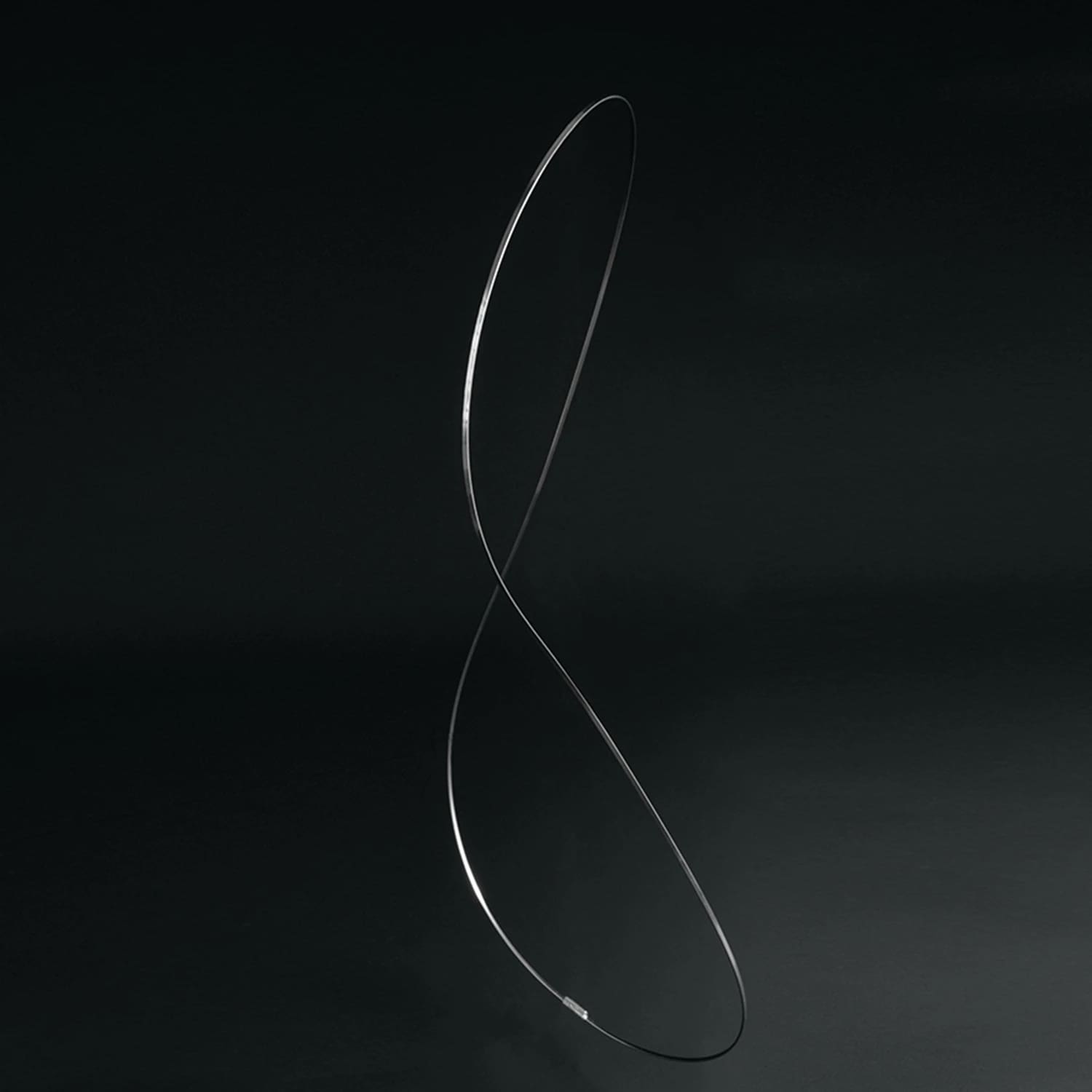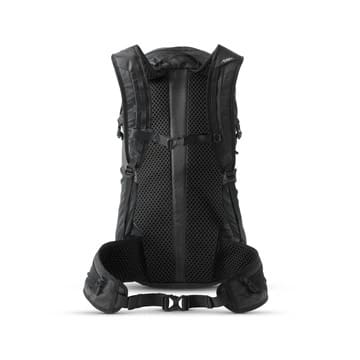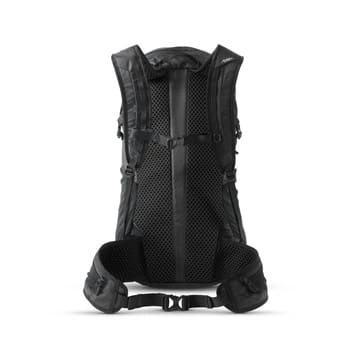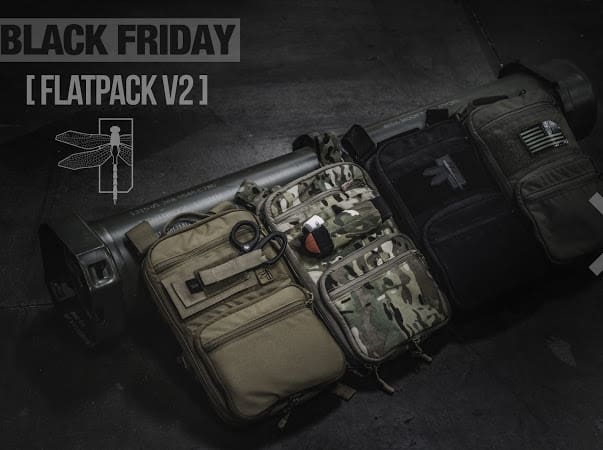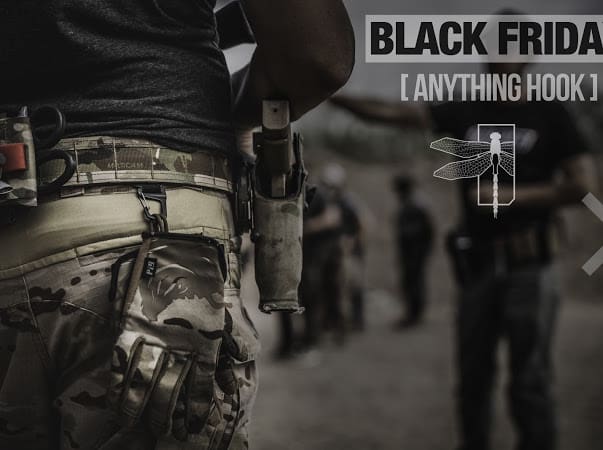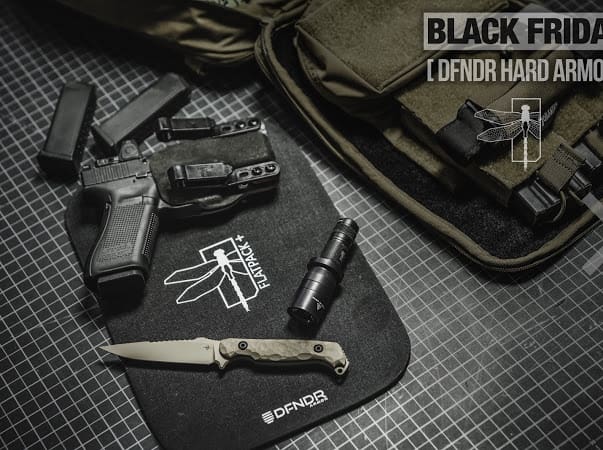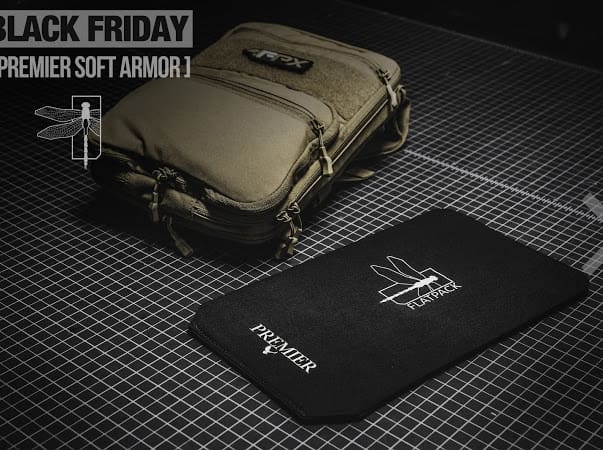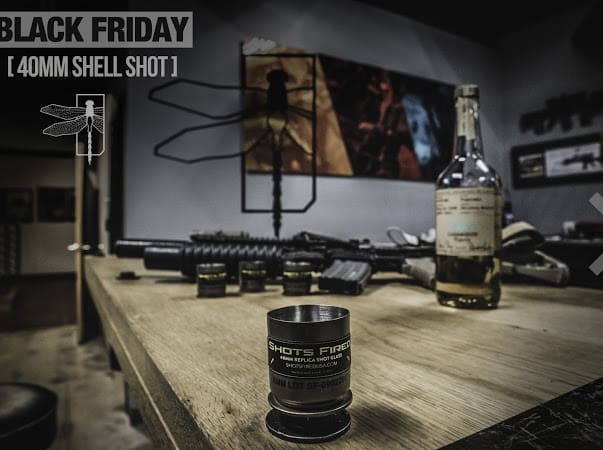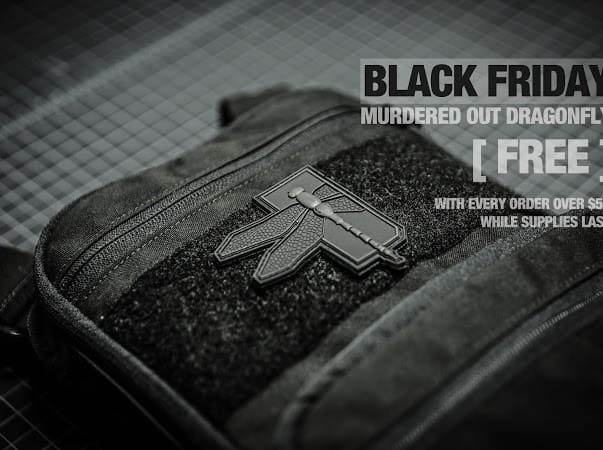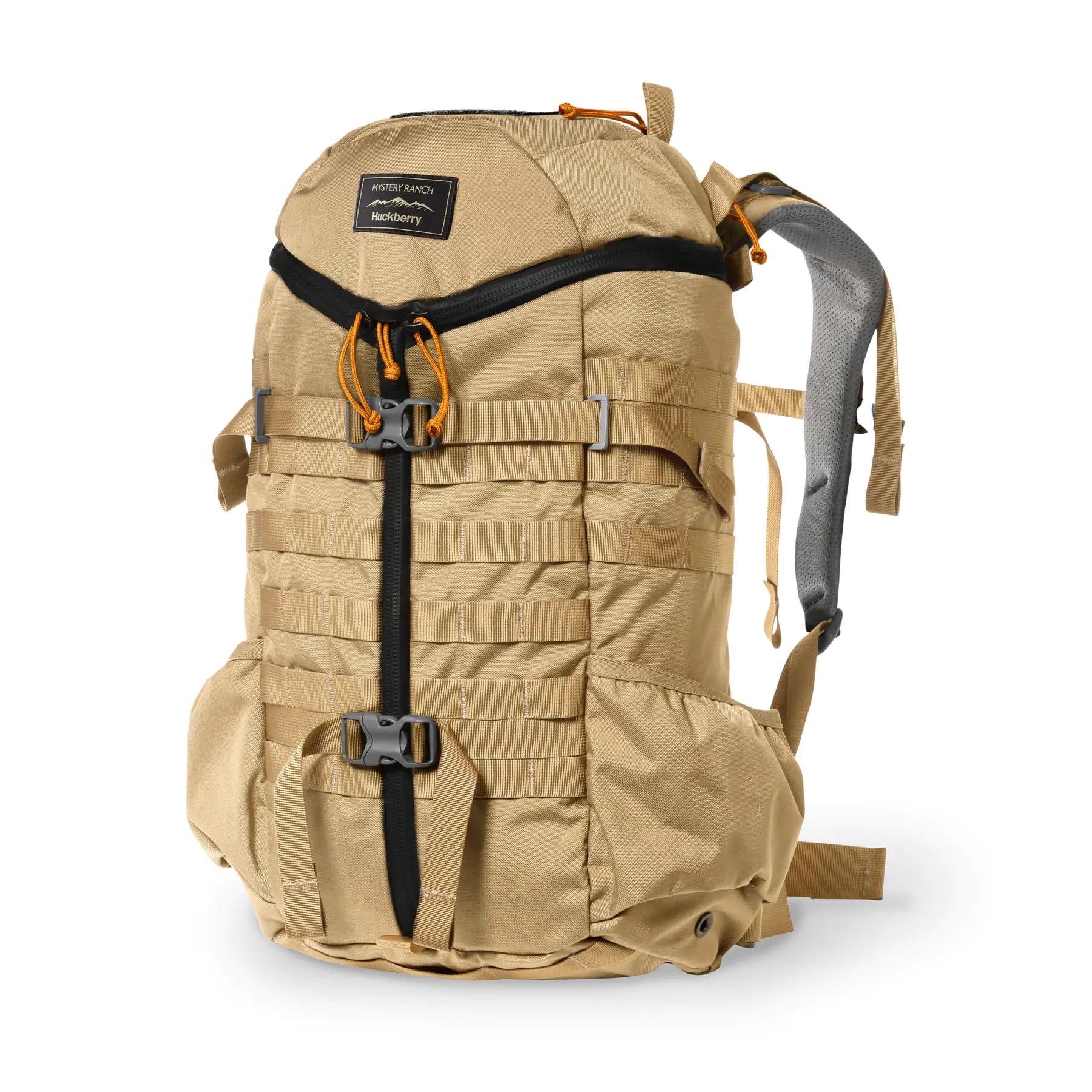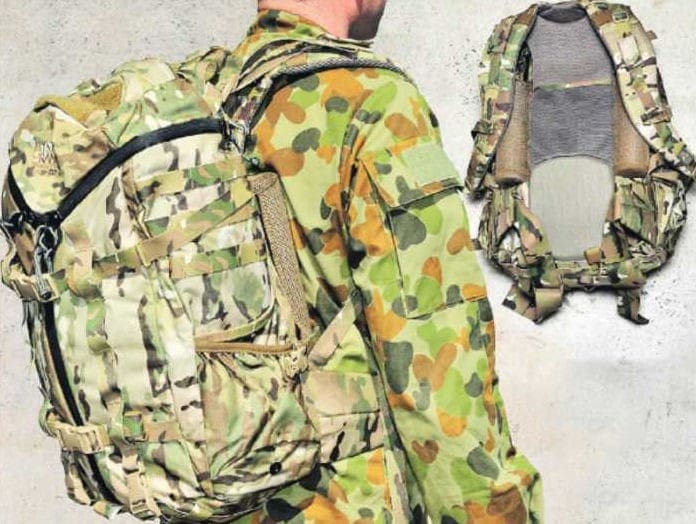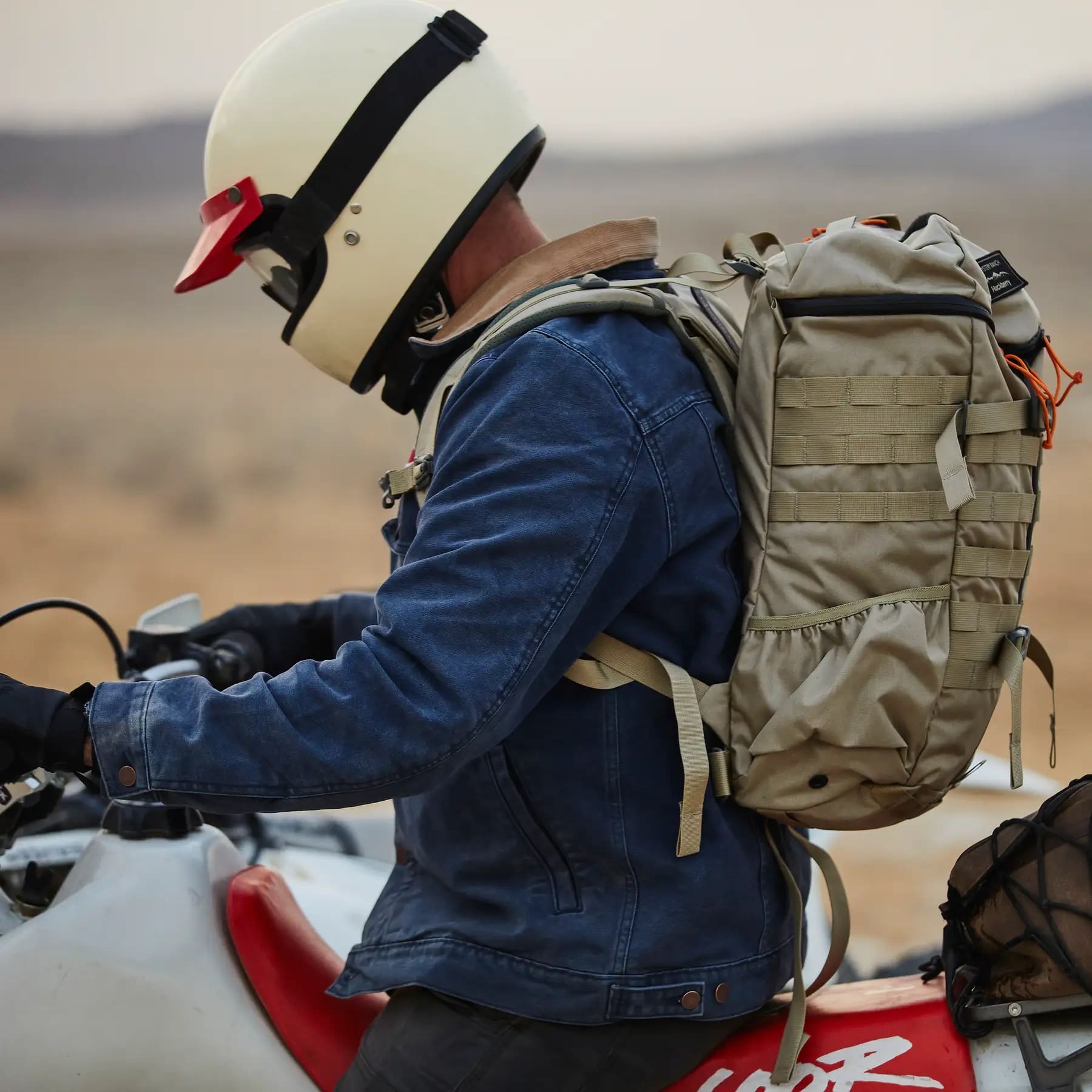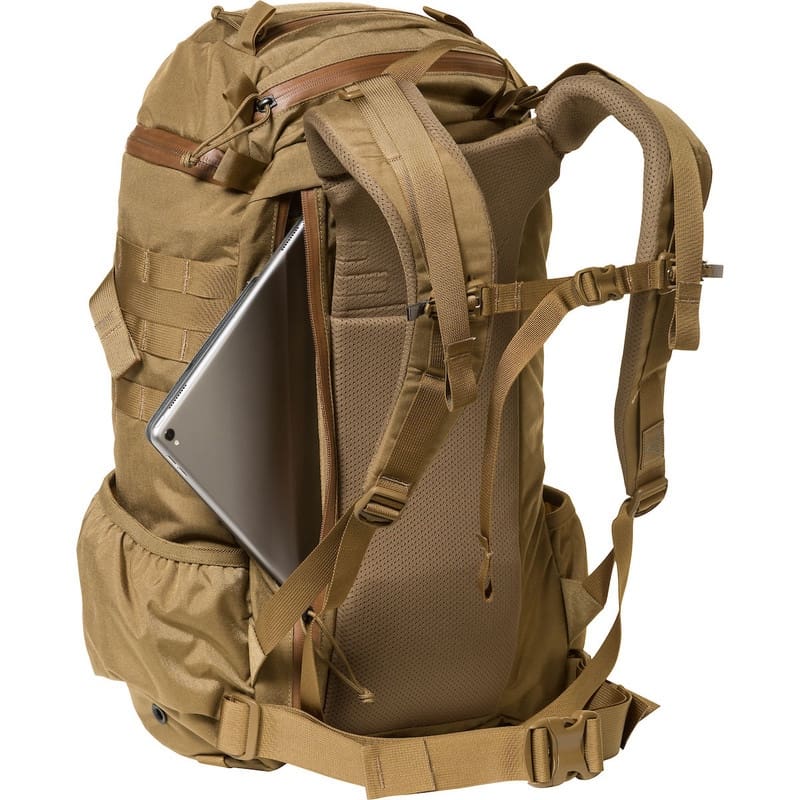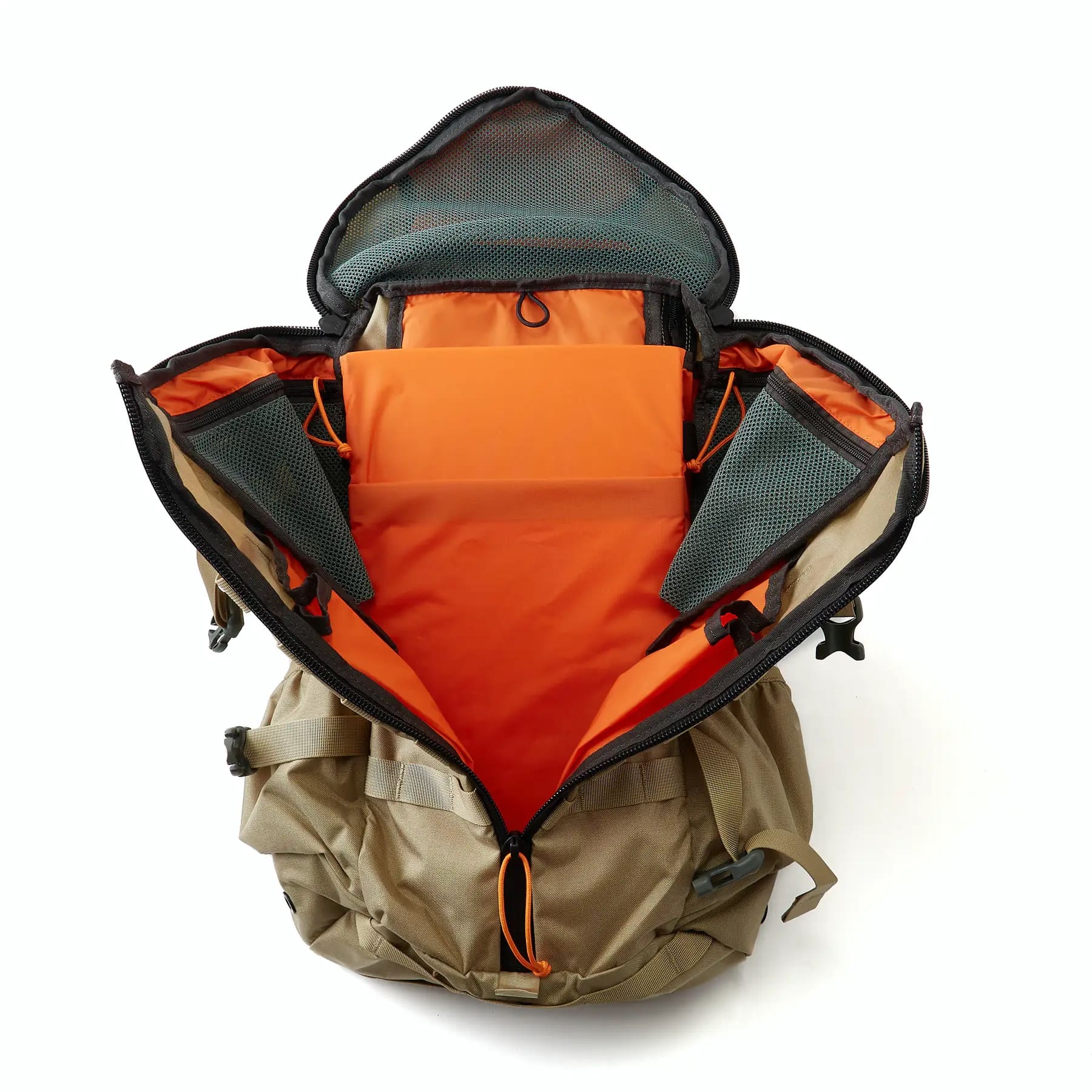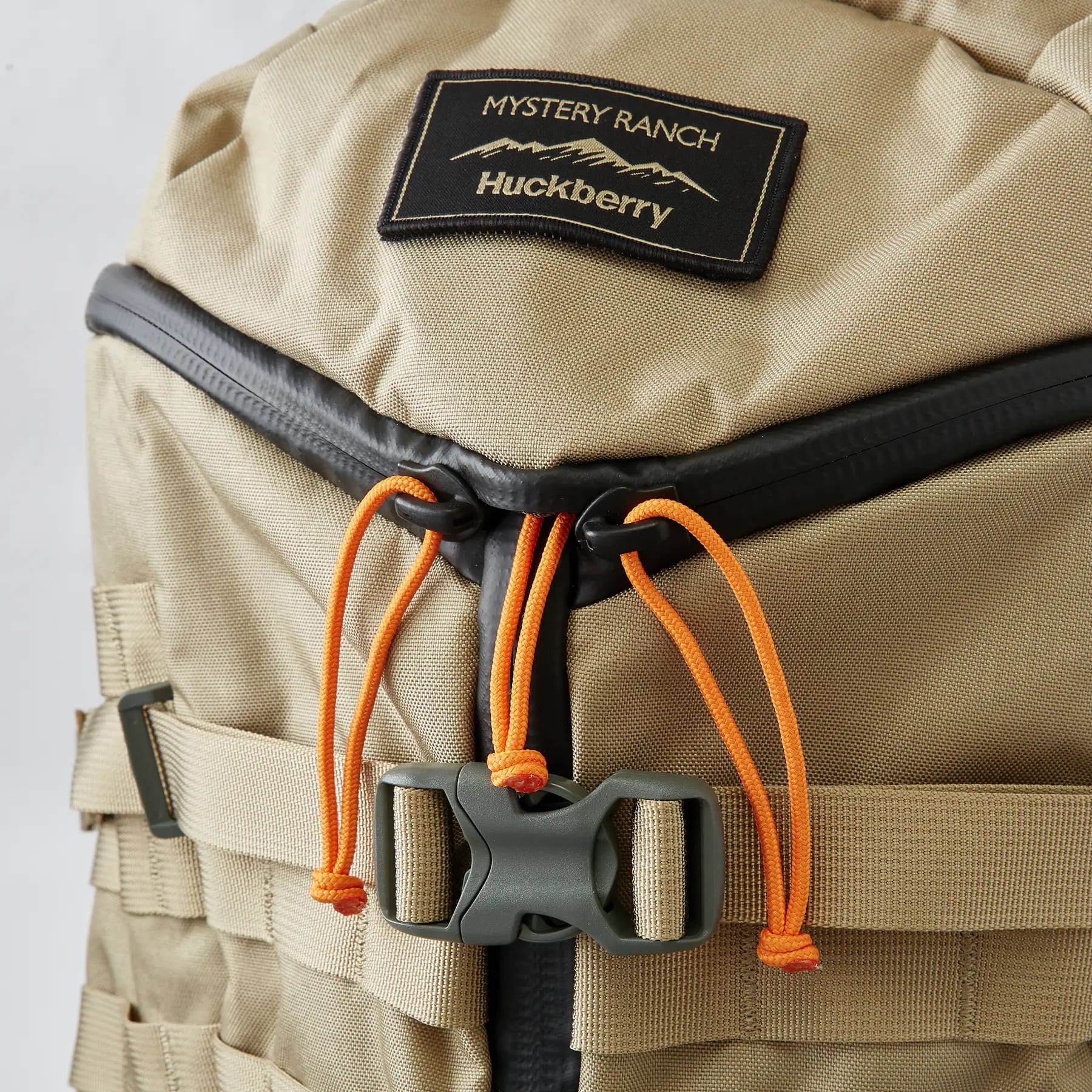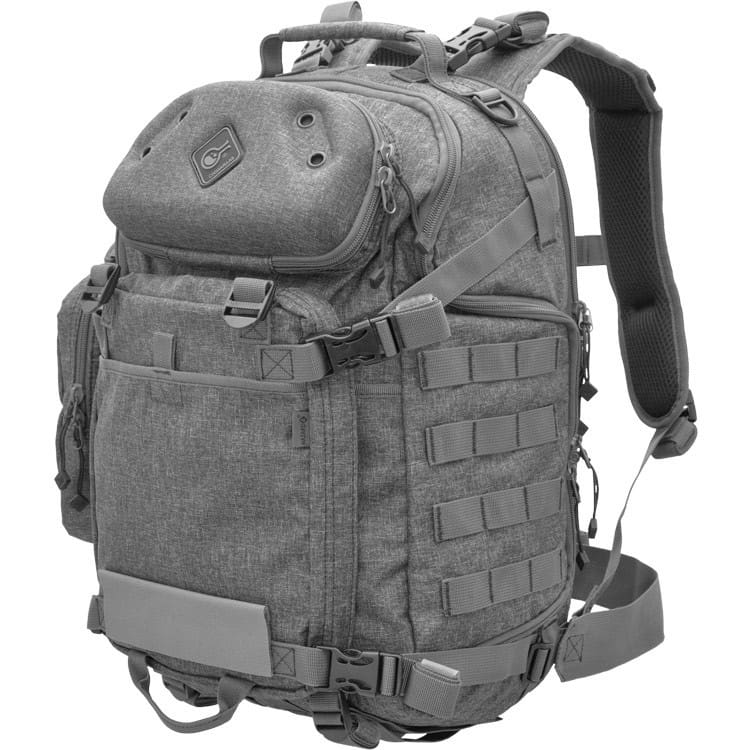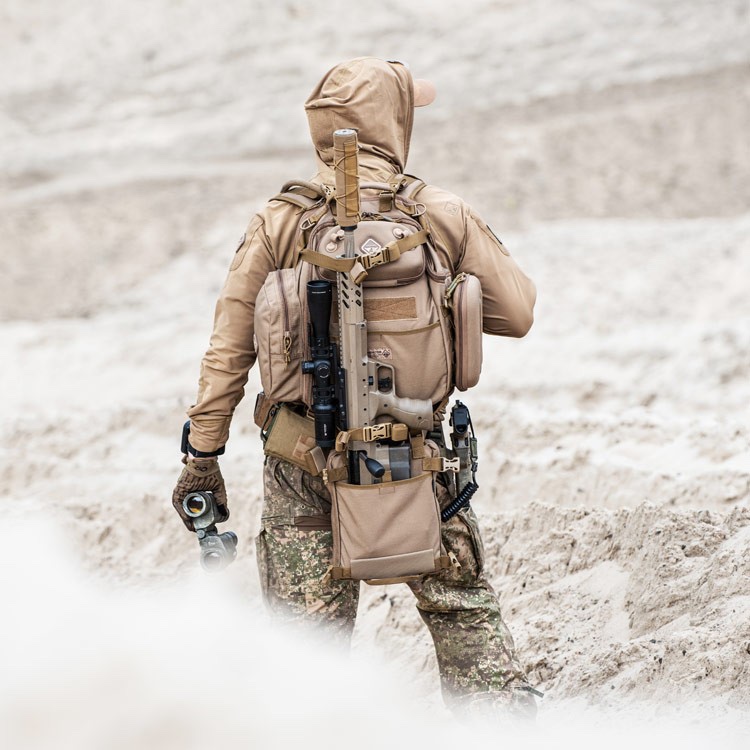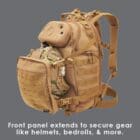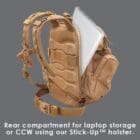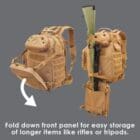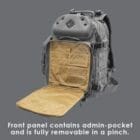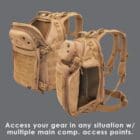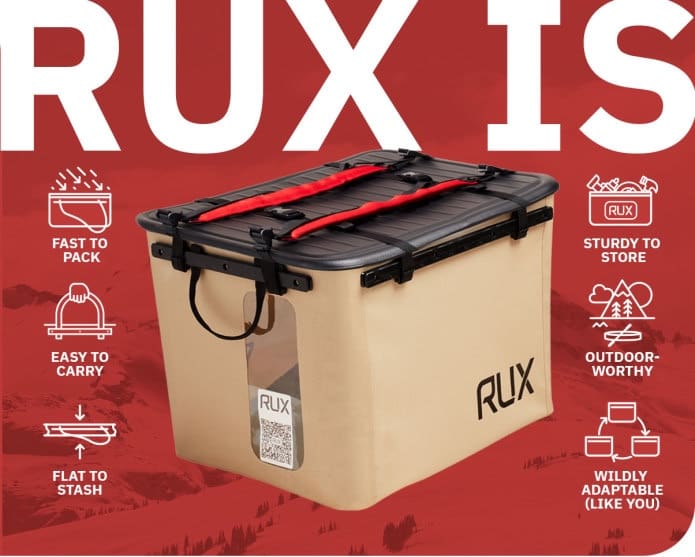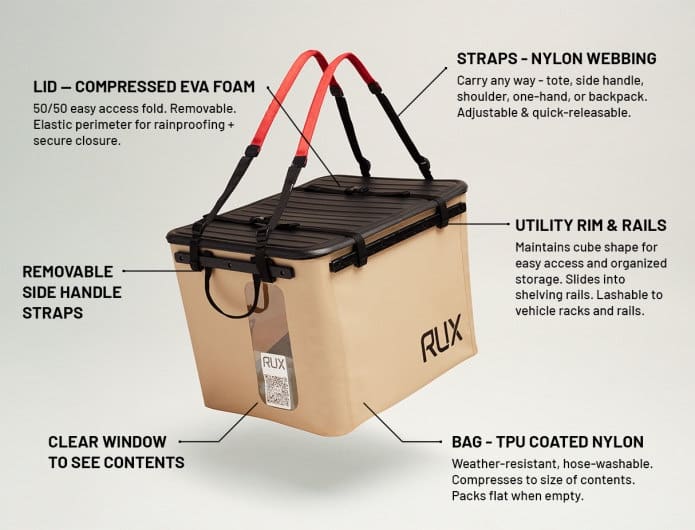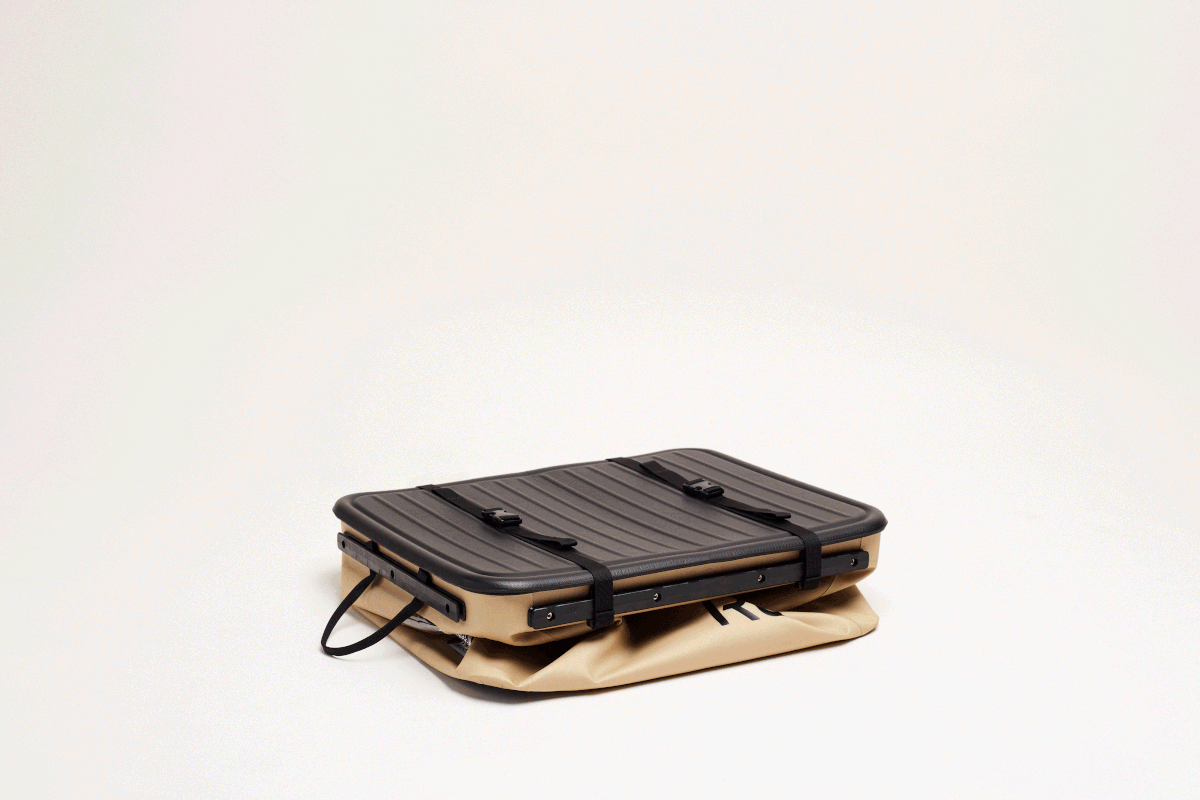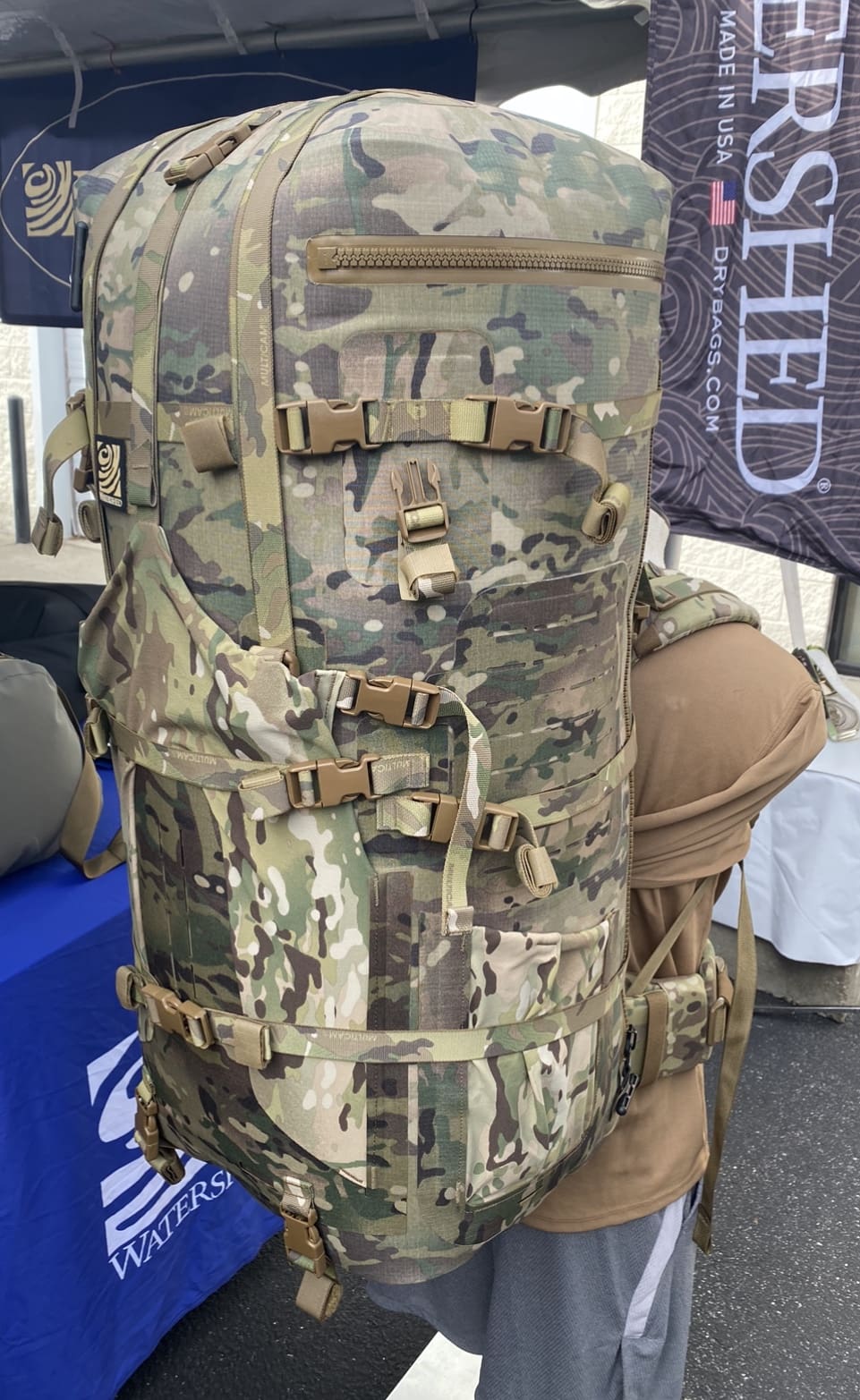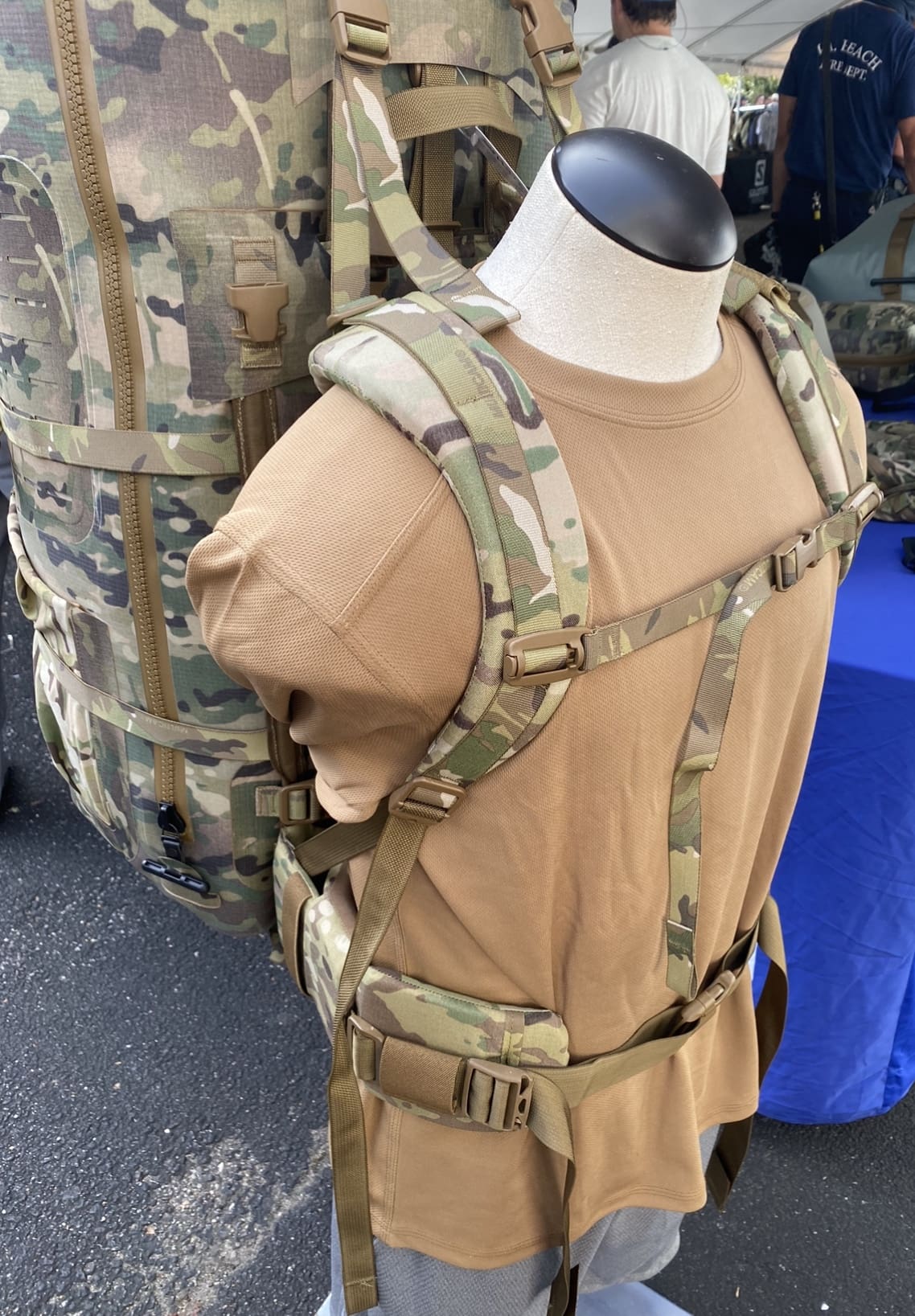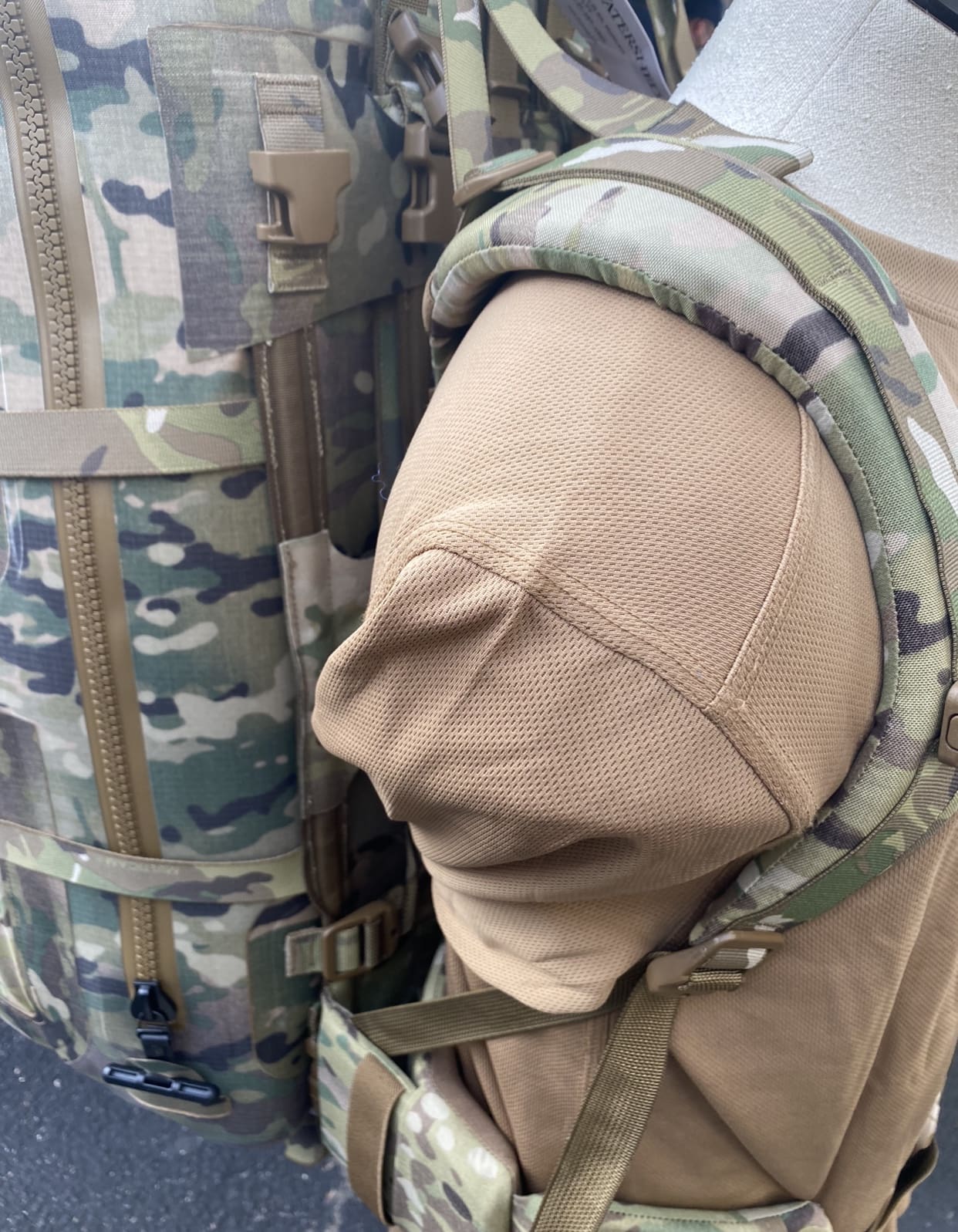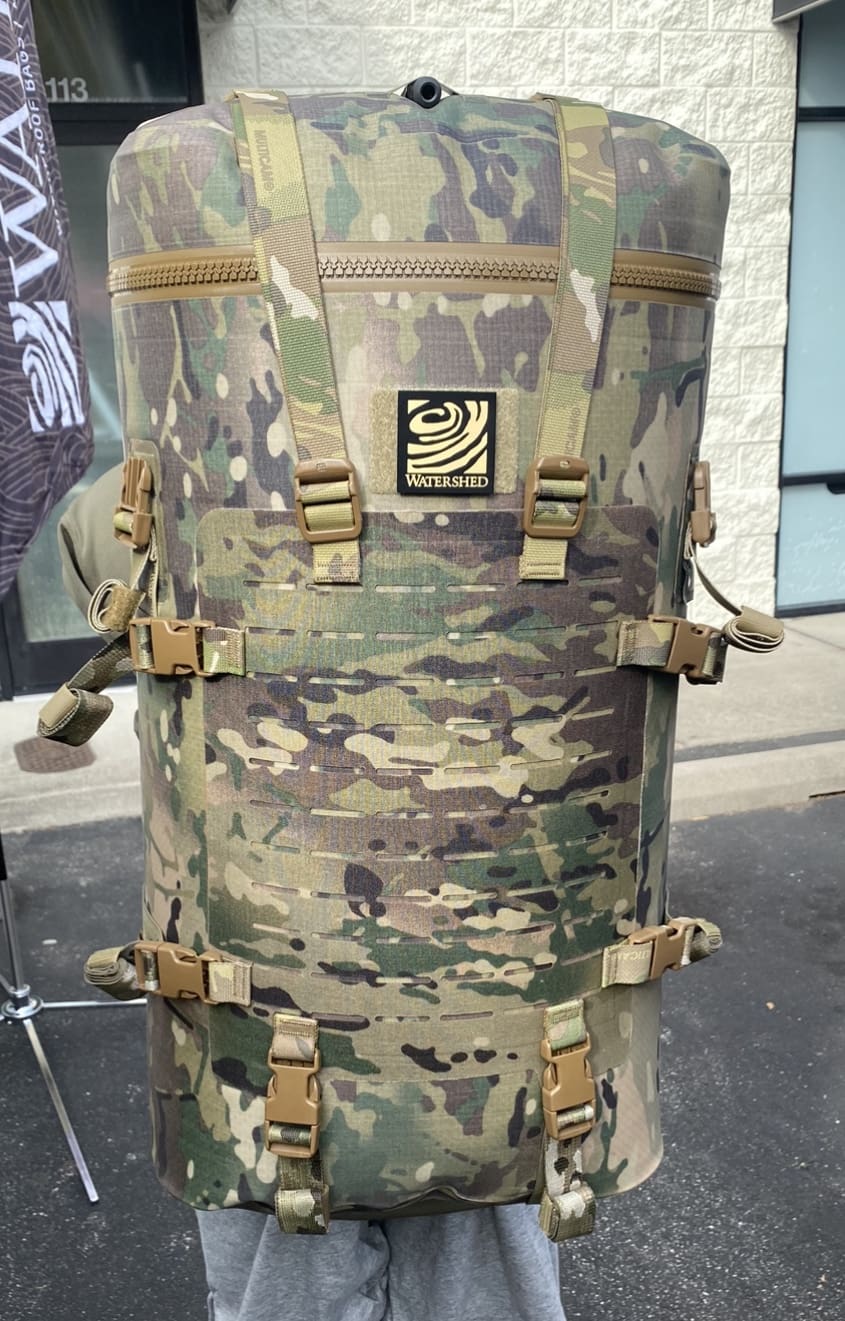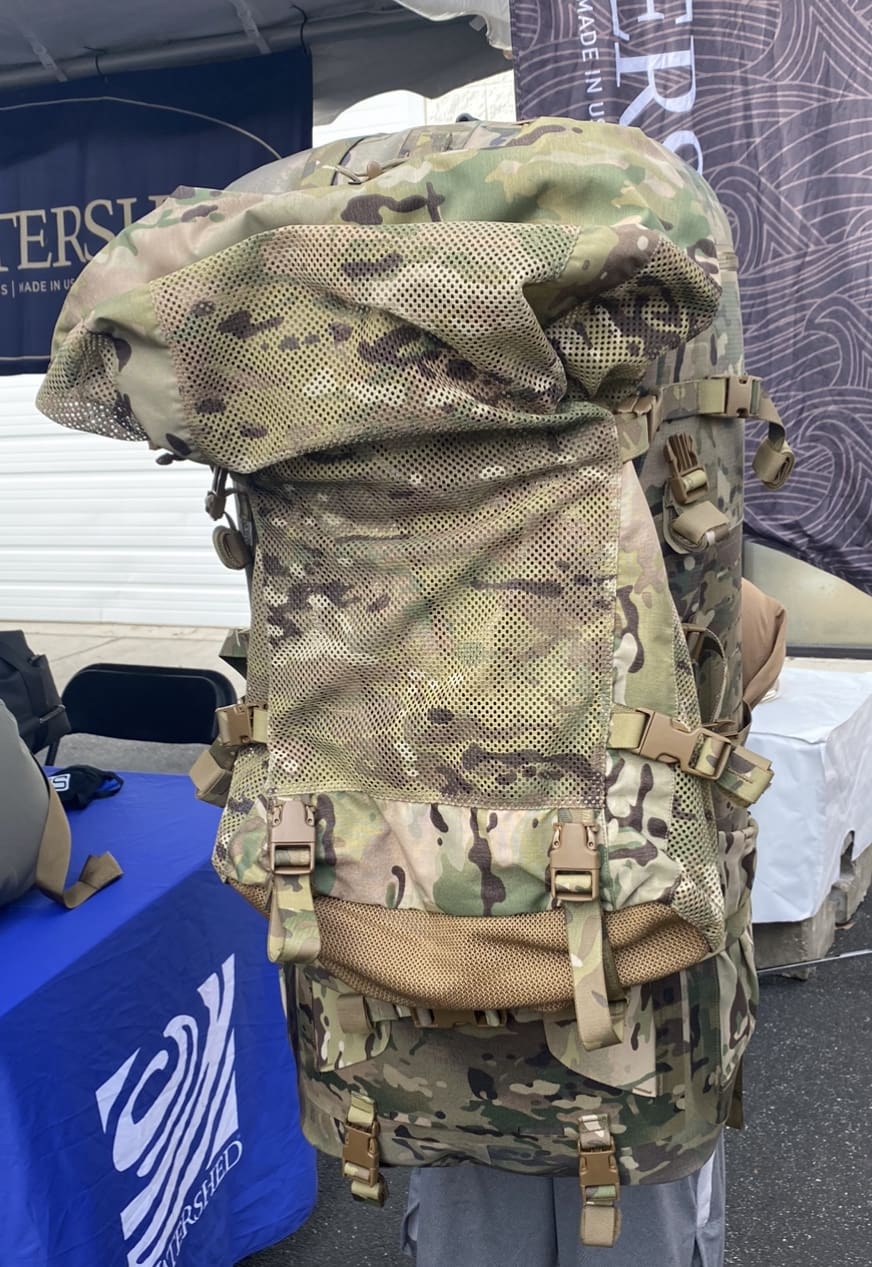A campaign to educate the public on the realities of a career in Wildland FireBozeman, Mont. (November 18, 2020) –MYSTERY RANCH, the industry-leading pack company built on a heritage of comfortable load carriage, function, and durability for people who have a mission to accomplish, announces the launch of an educational and fundraising campaign to inform the public on the sacrifice and work that goes into responding to the wildland fire environment. The Backbone Series is a multi-pronged campaign that aims to build awareness around what is takes to protect public lands, lives, and private property and to provide scholarships to support and assist in the education of seasonal Forestry Technicians who want to further their careers in or outside of fire.
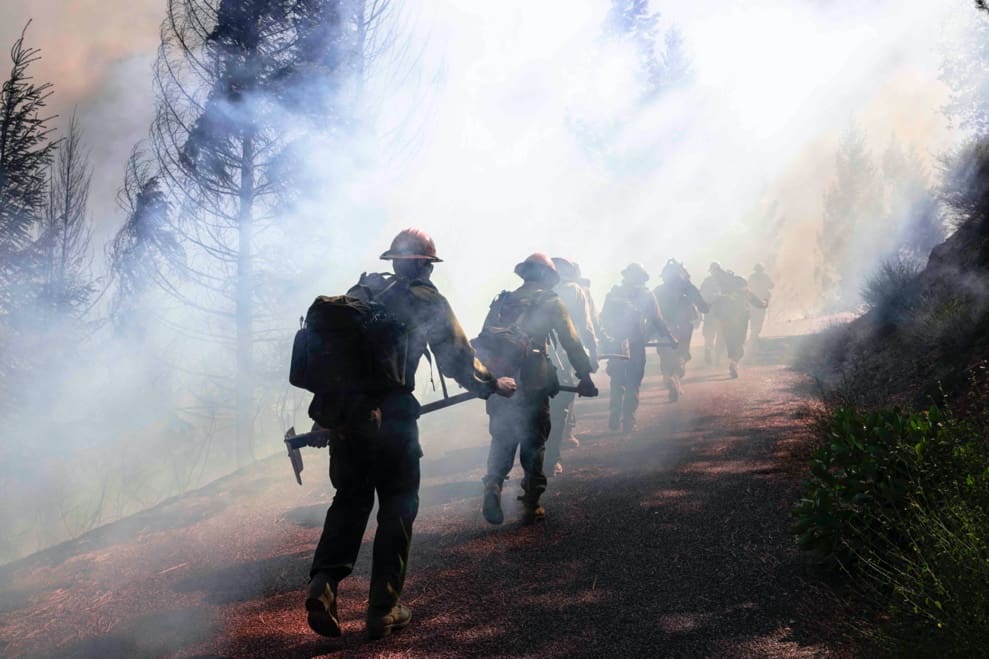
Photo credit: Robert LeBlanc
MYSTERY RANCH created the Backbone Series and Scholarship to help the men and women that go above and beyond in the off-season. Fire Classes, medical training, and college education aren’t cheap. Countless men and women who work for Federal Land Management Agencies seek to better themselves in the off-season to compete for permanent appointments in fire management, whereas some individuals use fire as a means to an end in the pursuit of greater life goals and objectives.
Funding for the scholarships will be supported through the sale of two limited edition lifestyle packs, URBAN ASSAULT 21 and the 3-WAY BRIEFCASE, which will become available online in early 2021. Built in the “wildfire black” colorway with the same zippers, 500D CORDURA® fabric, and detailed pops of orange like our fire packs, 10% of proceeds from these unique packs will fund the scholarship and winning contributors will receive a $1,000 scholarship. Contributors will receive much needed scholarships to support their education and life after firefighting. Winners will be selected anonymously throughout the duration of the campaign.
To qualify for the MYSTERY RANCH Backbone Scholarship, you must be a US or Canadian Wildland Fire employee, retiree, or spouse of a current or retired Wildland Fire employee and a profile contributor for the Backbone Series. Learn more about the contributors and the Backbone Series scholarship here.
